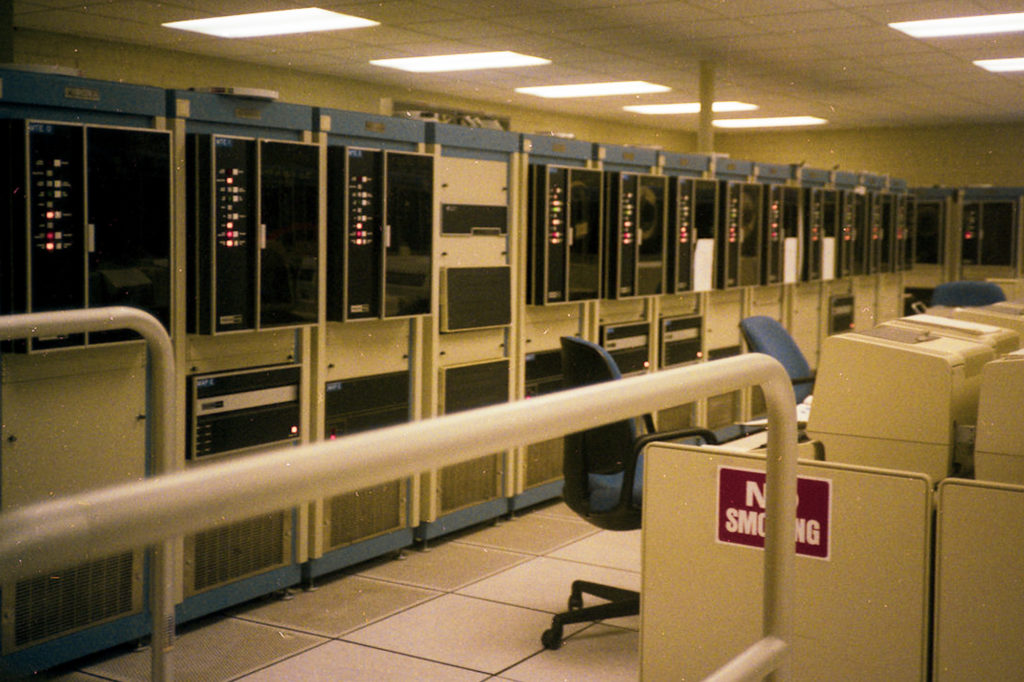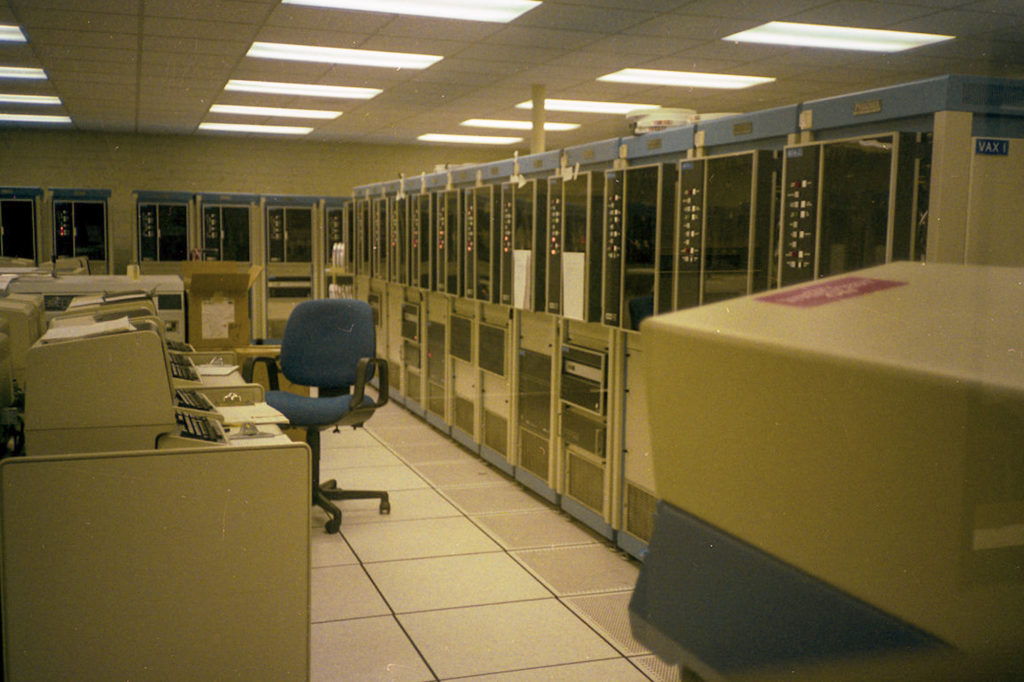One Saturday afternoon in Dallas, Texas my heavily first-baby-pregnant wife came into the office to help me rescue some time so we could have a weekend. While I punched cards (yes, it was that long ago), I asked Lia to help interpret some velocity scans. She set about the task after a brief introduction to the technique of selecting time and velocity pairs from patterns in the scans. Her background with x-ray imaging gave her an unusual edge. She was looking at the data as she picked out the patterns within it. She noticed an anomaly and we discussed that this was probably what we termed a bright spot, maybe even a direct hydrocarbon indicator that I thought of as Lia’s anomaly.
The right to name a discovery in the US is often given to the team that explores for it. I’d have called this one Lia perhaps, if I’d had such right. Programs that seek hydrocarbons are often themed, especially offshore. It’s a way to mask interest and hide geographic or geologic interests from the competition. Sometimes the discoveries are grouped to be produced by the one partnership and renamed. Other times they might be ‘hubbed’, where many partners share the same production facilities. The original themes become harder to spot. Spiderman, Vortex, Merganser, Q were all fields discovered by different partnerships in the Gulf of Mexico that were produced through the floating Independence Hub. Each was a success among a group themed by comics at one company, letters in another consortium, waterfowl elsewhere. Nearby was the Falcon Corridor with prospects names like Harrier, Raptor, Falcon and those that proved commercial were produced through the Falcon Nest.
The kinds of fluid present in the rocks changes the behaviour of the sound as it passes through. Geophysicists had known this for decades before Lia’s anomaly showed up. For example, you may already know that the seismic signals from earthquakes and nuclear tests had long been used to prove the outer core of the earth is fluid.
Suffice to say that we finished the work and spent the weekend sitting around White Rock Lake in the shadows of the splendid homes of the legendary Hunt family. Two sons of the recently deceased oil tycoon HL had redirected their inherited wealth into commodities trading. They were much in the news for having tried to corner the global silver market. The Hunts had taken control of almost two thirds of the global silver market when the price bubble they caused burst in 1980. The US government had realised what was happening and refined trading regulations to prevent profiteering from monopolistic price fixing. There we were a year later, sharing the lakeshore with their ashamed families and half of the population of Dallas seeking respite from unseasonable 100 degree heat.
The following Thursday found me on a plane to Houston to show the results of the work we had been doing over the weekend. I was pleased because the client was ecstatic that Lia’s anomaly matched some seismic modelling he had done.
Funny how these kinds of things can change the vectors of our lives. There were several life altering outcomes.
First, this was a test. A part of my job at the time was to illustrate the abilities of our company by providing processing tests. This was one of them and such tests were done for free. We passed with flying colours but we didn’t get the main job. That was because this client was less than scrupulous. Instead of sending one test to several companies, they had sent a different test to as many companies as they knew. There was no project. I was biased against tests for the next forty years. Indeed, I insisted we pay for them when I worked for oil companies.
Secondly, my employer was grateful and elevated me to a more supervisory role. This involved an initial task which was to ‘productionise’ the work of a colleague by adapting his workflows so that we could disseminate his efficiency. Or so I was told. A client had become suspicious. It turns out that the colleague was less than rigorous in his science. I saw that short cuts were taken all over the place. The fact that my colleague was a weekend pastor had given him the benefit of the doubt and months of protection. However, my reworking his processing had illustrated that his work was nothing short of dishonest. I ended up explaining some of this to the client when my manager’s backbone failed him. We dealt with the pastor (though not as harshly as I would have wanted) and the client allowed us rework and continue the project. Which was good for me though it made me deeply suspicious of the work of others and I doubted the ethics of management for years. Trust but verify?
Third, there was another colleague in the meeting for that test we passed with flying colours. He quit the company shortly afterwards and six months later, a headhunter called me. I was unhappy because our status in the US was increasingly uncertain as the oil industry went into one of its regular downturns. Reductions in staff meant that we were no longer on the short list for expansionist and training assignments in South America. My employer had done nothing to progress our green card; our right to remain in the US was not yet secured. So we went to California with the promise of assistance to gain a green card. This was my entry into the emerging three-dimensional geophysical world. Serendipity.
I think that I will close this second instalment with Lia’s anomaly. As I wrote earlier, the existence and potential of such anomalies had been known for decades but not fully understood. Then, eight years later, there came a scientific paper that not only explained it but provided a classification system and nomenclature still in use today. [Rutherford, S. R. and R. H. Williams, 1989, Amplitude-versus-offset variations in gas sands: Geophysics, 54, 680–688.]
I got the chance to work with Steve Rutherford when he ran a Geophysical Technology group in London ten years after the publication. He wasn’t a part of my recruitment in the interview here nor did I know during that interview how our paths would cross. It was very interesting to work with Steve as an entire industry stood on his shoulders to see further than I think he could have imagined.
It seems to take about a generation for a new technology to mature. Concepts that one generation grapple with successfully take time to become normalised (I think I’ll have more to say on this one day).
I had sat by a revolutionary in de Valera and worked with a revolutionary in Rutherford. I’m not saying these dots join up in a meaningful way. I’m simply pointing out the metadata that re-float my disparate memories.



Leave a Reply